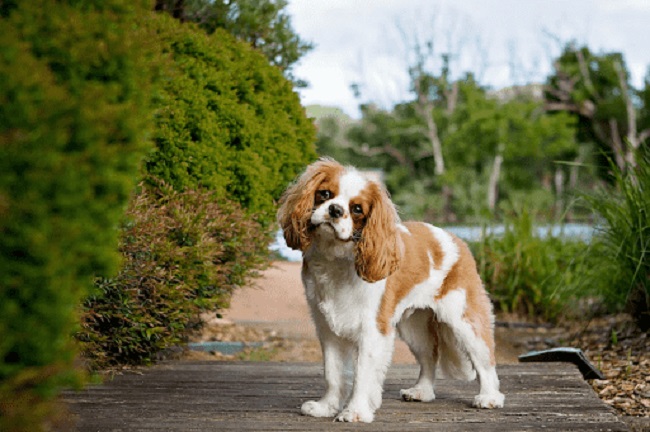A keyword that’s certainly worth understanding for any Cavalier King Charles Spaniel owner is “crate training cavalier king charles”.
Crate training is an integral part of a puppy’s training regimen, especially for breeds like the Cavalier King Charles Spaniel that are known for their sociable and affectionate nature.
This article will offer a deep dive into the process, benefits, and best practices of crate training your Cavalier King Charles Spaniel.

Understanding Crate Training
Crate training involves conditioning your dog to accept a crate as a safe space. The crate serves as your dog’s den, providing a safe and comfortable place for them to rest and relax. While some might perceive crate training as restrictive, when done right, it provides an environment where your pet feels secure and content.
Why Crate Train Your Cavalier King Charles Spaniel?
Cavalier King Charles Spaniels are sociable dogs that often experience separation anxiety when left alone. Crate training helps mitigate this issue by providing a familiar, secure space for them.
Additionally, crates aid in house training as dogs typically avoid soiling their living quarters. They can also facilitate safe transportation and provide a sanctuary for your dog when they need to retreat.
Choosing the Right Crate
Selecting the right crate is the first step in crate training. The crate should be large enough for your dog to stand, turn around, and lie down comfortably, but not so large that they might use one corner as a bathroom.
Wire crates are a popular choice due to their durability and ventilation. Many come with a divider that can be adjusted as your puppy grows.
Getting Started with Crate Training
Crate training should be a gradual process to ensure your Cavalier King Charles Spaniel develops a positive association with the crate. Start by introducing the crate to your dog without closing the door.
Encourage exploration by placing toys or treats inside. Once your dog is comfortable entering the crate, you can start feeding them their meals inside, gradually increasing the time they spend in the crate after eating.
Crate Training Schedule
A structured crate training schedule is crucial for successful training. Puppies can typically control their bladder for one hour for each month of age, plus one. Therefore, regular breaks for bathroom needs are vital. A young puppy should not be left in a crate for more than 3-4 hours at a time.
Potential Challenges and Solutions
Crate training a Cavalier King Charles Spaniel is not without its challenges. Your puppy might whine or refuse to enter the crate.
It’s crucial to stay patient and persistent during these times. Never use the crate as a form of punishment, and always ensure your puppy has had enough physical and mental stimulation before crate time.
Conclusion
In conclusion, crate training your Cavalier King Charles Spaniel is a valuable tool that promotes safety, eases anxiety, and assists in housetraining.
The key to successful crate training lies in patience, consistency, and creating a positive experience for your pup. With the right approach, your Cavalier King Charles Spaniel will soon view their crate as a comforting and secure haven.
























